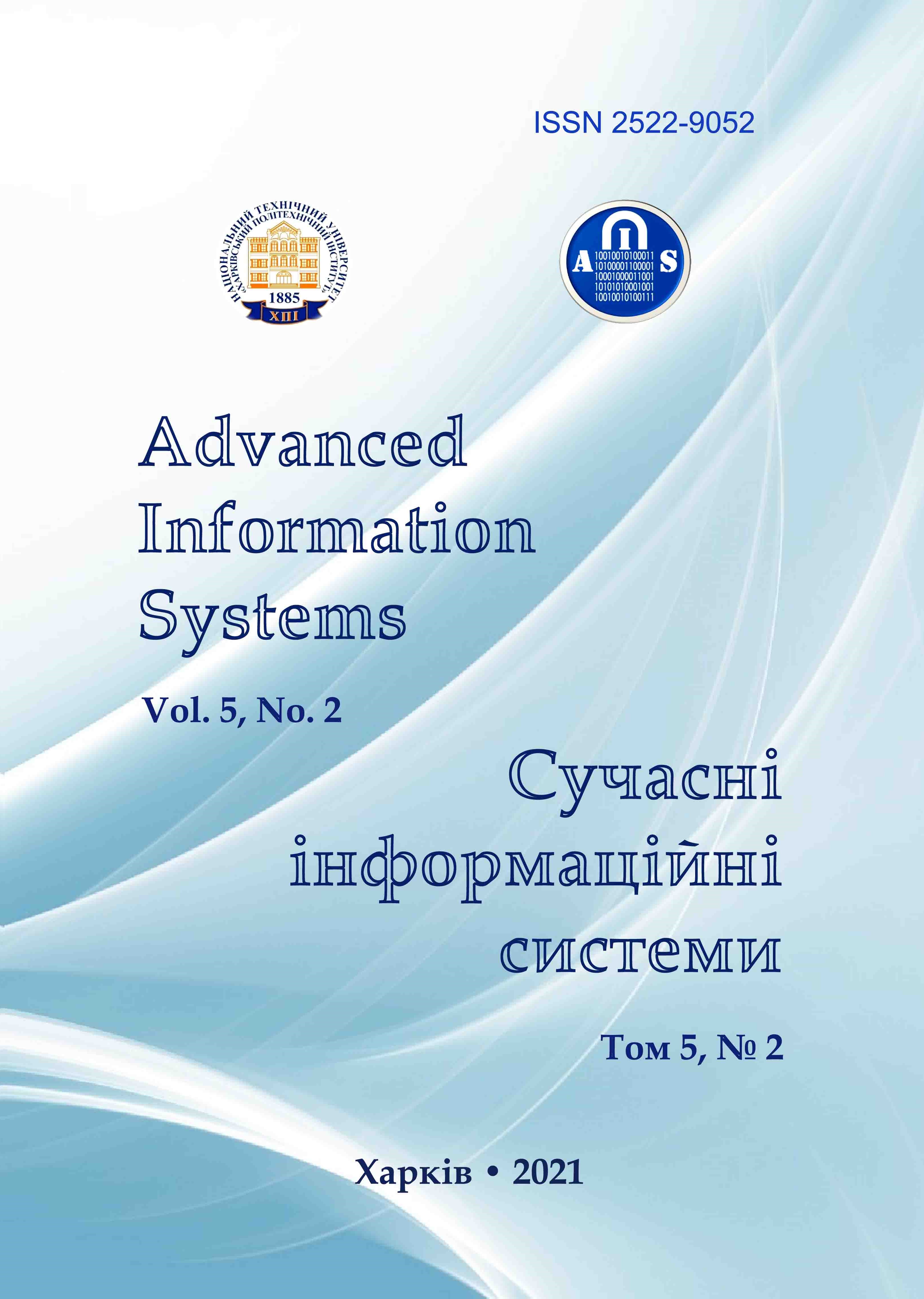Modeling the spatial distribution of magnetic fields of low frequency multiple sources
Main Article Content
Abstract
The work is show that in conditions of dense the location of electrical equipment in the premises, buildings and on territories to ensure the regulatory levels of electromagnetic compatibility of personnel and the population, it is advisable to carry out preliminary modeling of the propagation of electromagnetic fields it is advisable. Considering the insignificant shielding of the magnetic field by the equipment cases, it is advisable to carry out modeling based on the magnetic component of the electromagnetic field. The mathematical ratio of the propagation of the magnetic field of individual sources, taking into account their dipole model, has been determined. The modeling was carried out for sources of the dipole and dipole-quadrupole types. Three-dimensional models of sources with the propagation of dipole, quadrupole and dipole-quadrupole harmonics of the field are provided, using the Matlab package. Application software has been developed in the C environment, using the SQL server database, and modeling of the propagation of the magnetic field of many sources in a certain plane has been carried out. This result is show that even for electrical equipment that operates to determine the reduced magnetic field isolines experimentally very difficult. At the design stages of equipment placement, modeling is the only tool for predicting the electromagnetic environment, which determines the electromagnetic compatibility of technical equipment and the electromagnetic safety of personnel and the public.
Article Details
References
Rozov, V. Yu. (2015), “Investigation of the magnetic field of three-phase cable lines from single-core cables with double-sided grounding of their screens”, Electrotechnics and Electromechanics, No. 4, pp. 56–61.
Podoltsev A. D., Kucheryavaya I. N. (2015), “Multiphysical modeling of electrical devices”, Technical electrodynamics, No. 2, pp. 3–15.
Levchenko, L.O., Sukach, S.V. and Konovalova, O.V. (2014), “Modeling of spatial distributions of magnetic fields of electric machines for definition of zones of safe stay of personnel”, Bulletin of Kremenchuk Mykhailo Ostrogradsky National University, Is. 6 (89), part 1, pp. 27–31.
Rozov V. Yu., Reutskiy S. U., Pelevin D. Ye. et al. (2012), “Research of the magnetic field of high-voltage AC power lines”, Technical electrodynamics, No. 1, pp. 3-9.
Pelevin D.E. (2015), “Methods for reducing the magnetic field of overhead power transmission lines outside the security zones”, Technical electrodynamics, No. 5. pp. 14-16.
Koppel T, Ahonen M, Carlberg M, Hedendahl L.K, Hardell L. (2019), “Radiofrequency radiation from nearby mobile phone base stations-a case comparison of one low and one high exposure apartment”, Oncol Lett, № 18(5), pp. 5383–5391.
Mordachev V. I., Svistunov A. S. (2013), “Necessary and sufficient power level of electromagnetic radiation of base stations of the GSM network”, Reports of the Belarusian State University of Informatics and Radioelectronics, No. 7, pp. 44–50.
Getman A.V. Analysis and synthesis of the structure of the magnetic field of technical objects on the basis of spacious harmonics: dis. … dr. tech. sciences, 05.09.05. Kharkiv, 2019. 316 p.
Khodakovsky O.V., Levchenko L.O., Columbet V.P., Kozachuk A.D., Kuzhavsky D.S. (2021), “Computational apparatus for modeling the propagation of electromagnetic fields of dissimilar sources”, Advanced Information Systems, Vol. 5., No. 1, pp. 34 – 38, DOI: https://doi.org/10.20998/2522-9052.2021.1.04.
